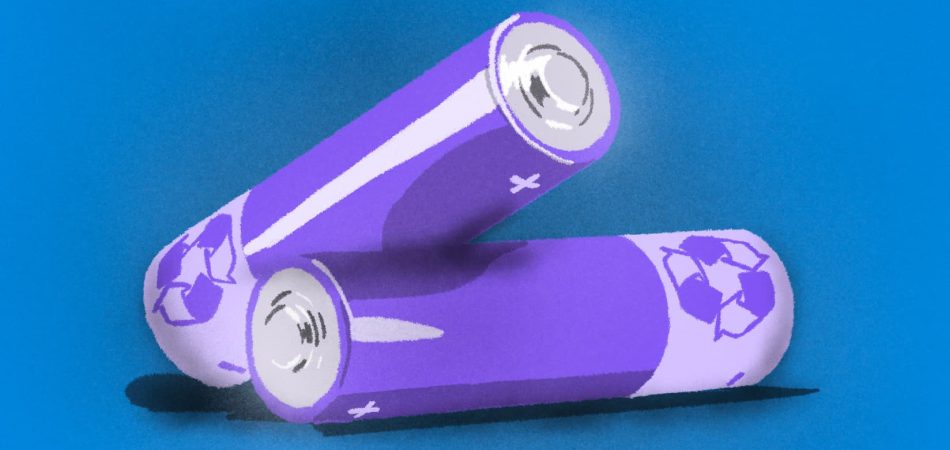
The electrochemical energy storage (EES) market is booming. While lead batteries remain the major technology in terms of volume with 70% of the market in GWh, Li-ion batteries are seeing strong growth (CAGR of around 15%) and now represent more than 50% of annual sales.
This growth is driven by a global electric vehicle market (battery electric vehicles and plug-in hybrid electric vehicles) that is rapidly expanding amid concerns about greenhouse gas emissions and the energy transition.
he number of use cases for electrochemical storage is increasing, driving the development of solutions with higher energy and power densities, fewer critical and strategic materials, longer service life, and enhanced safety.
Unlike the accumulators found in consumer electronics, EES solutions are based on serial and parallel combinations of many accumulators. These solutions must be environmentally sustainable and economically viable to have a positive impact on the climate.
Other EES use cases are also being given major attention at CEA as a solution to the need for massive energy storage in response to increasing intermittent electricity production (photovoltaic and wind power).
Finally, rapid advances in V2G (vehicle to grid) and V2H (vehicle to home) technologies, which leverage vehicle batteries to provide temporary support to the grid, will round out stationary storage solutions.





